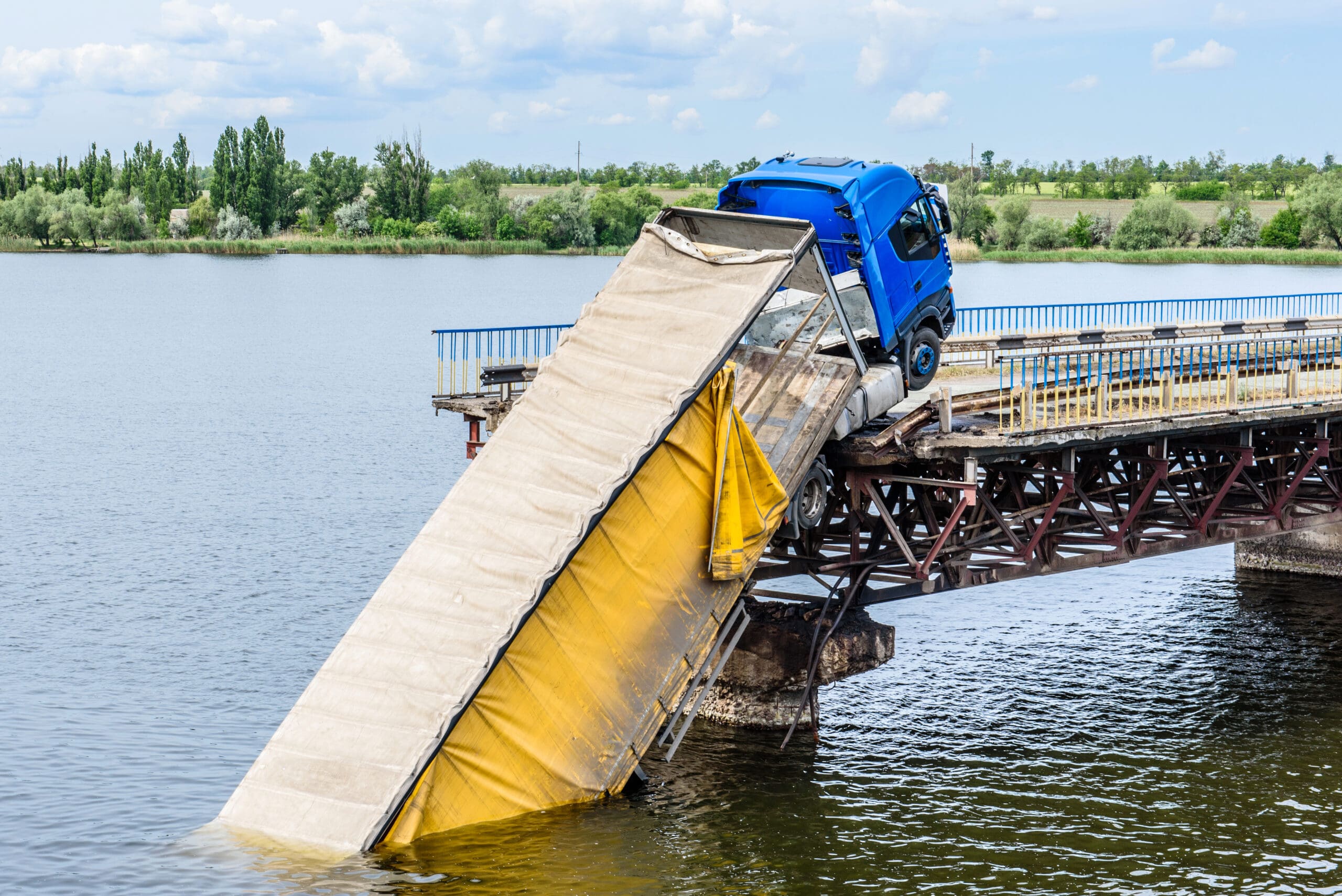Injury Litigation
Legally, it is the procedure which allows you to claim compensation for your losses and injuries. Your lawyer for injury will construct solid evidence for your case that includes eyewitness testimony, medical documentation as well as statements of the defendant and expert witness opinions.
Your lawyer will then submit your lawsuit. Once the defendant has responded to the lawsuit, the case moves to a fact-finding stage called discovery.
The Complaint
Before filing a lawsuit the person who was injured (plaintiff) must conduct a pre-lawsuit investigations. This includes studying police accident reports, conducting informal discovery and identifying potential at-fault parties.

The plaintiff can then file an order with a complaint. The complaint describes the harm caused by the defendant's action or his inaction. It typically contains a request for compensation for injuries suffered by the victim, including medical bills loss of wages or income, as well as pain and other damages.
The defendant will then have 30 days to file a reply or answer in which they either admit or deny the allegations contained in the complaint. They may also file counterclaims or add a third-party defendant the suit.
During the discovery phase during the discovery phase, both sides will share relevant information about their positions and evidence in the case. injury lawyer clifton involves depositions, written questions (called interrogatories) and requests for documents. This is typically the majority of the lawsuit timeline. If there are settlement options they will be made during this period. Otherwise the case will proceed to trial. During this time your lawyer will present your side to a jury or judge and the defendant will defend themselves.
The Discovery Phase
Discovery is a formal procedure that allows you and your legal team to exchange information with the other party and collect evidence. This could include witness statements, details about your medical treatment and proof of the losses you've incurred. Your attorney may use a variety tools to help you during discovery, such as interrogatories and requests for documents. Requests for documents are essentially requests to provide all relevant documentation that is within the respective parties' control. Interrogatories require written responses. Requests for admissions require the other party to accept certain facts. This could save time and money since the attorneys do not have to prove the facts uncontested during trial. Depositions are live conversations with witnesses where your attorney is able to inquire about the incident under oath, and get their answers recorded, and then transcribed by a court reporter.
While discovery may seem like a long process that is invasive, uncomfortable and tedious but it is an essential step to gather the evidence required to win your case. Your attorney will be in a position to discuss the details of the discovery process in your free consultation. If you attempt to conceal an injury that was already present and aggravated due to a medical condition that was already present The information could be discovered during the process of discovery and your case could be dismissed.
The Negotiation Phase
The majority of cases involving injuries aim to settle the case through negotiation. The process of reaching this goal typically involves a back-and-forth exchange between your lawyer and the responsible party's insurance company. This may include informal conversations/correspondence (by phone, in meetings, by email) where the parties trade offers and counter-offers. Your lawyer can help you decide on a number to request for your settlement, and then assist in negotiations.
One of the issues with the process of settling an injury case is that the amount of your damages which includes medical bills, lost income, and future losses - can be a volatile factor. Your injuries may get worse over time. This could increase future losses or reduce the value of current losses. Your lawyer will ensure that damages are determined based on your current injuries as well as the probability of future recovery.
Often, insurance companies are trying to limit their payout for claims by challenging certain aspects of your case. This can prolong settlement negotiations however, your lawyer has strategies to help you navigate these challenges and reach the best possible outcome for your case. The process of negotiating an agreement can take months or even years. Negotiations can take months or even a whole year based on many different factors.
The Trial Phase
Most cases involving injuries are resolved without court through settlement negotiations. If there is no resolution the lawyer could decide to take the case to trial. This can be a difficult long, expensive and costly process. It also requires the jury to decide whether the defendant should be responsible for your injuries and the amount you will receive. Therefore, it is essential for your lawyer to thoroughly investigate your case at this point to fully comprehend the extent of your injuries and the extent of your injuries, the damages and expenses.
At this point, your lawyer will summon witnesses and experts to testify. They will also present physical evidence such as documents, photographs, and medical reports. This is the "case-in-chief" phase. The defense attorney will then call witnesses to testify in rebuttal and argue why the plaintiff should not be awarded damages. The jury or judge will then take into consideration the evidence and arguments offered by both parties.
The judge will then go over the legal requirements that must be met in order for the jury to rule in favor of the plaintiff and against the defendant. This is referred to as jury instruction. Then, each side presents their closing arguments. If the jury is unable reach a consensus on a verdict and the judge decides to declare a mistrial. In some cases an appeal could be available if you're not satisfied with the outcome of your trial.
